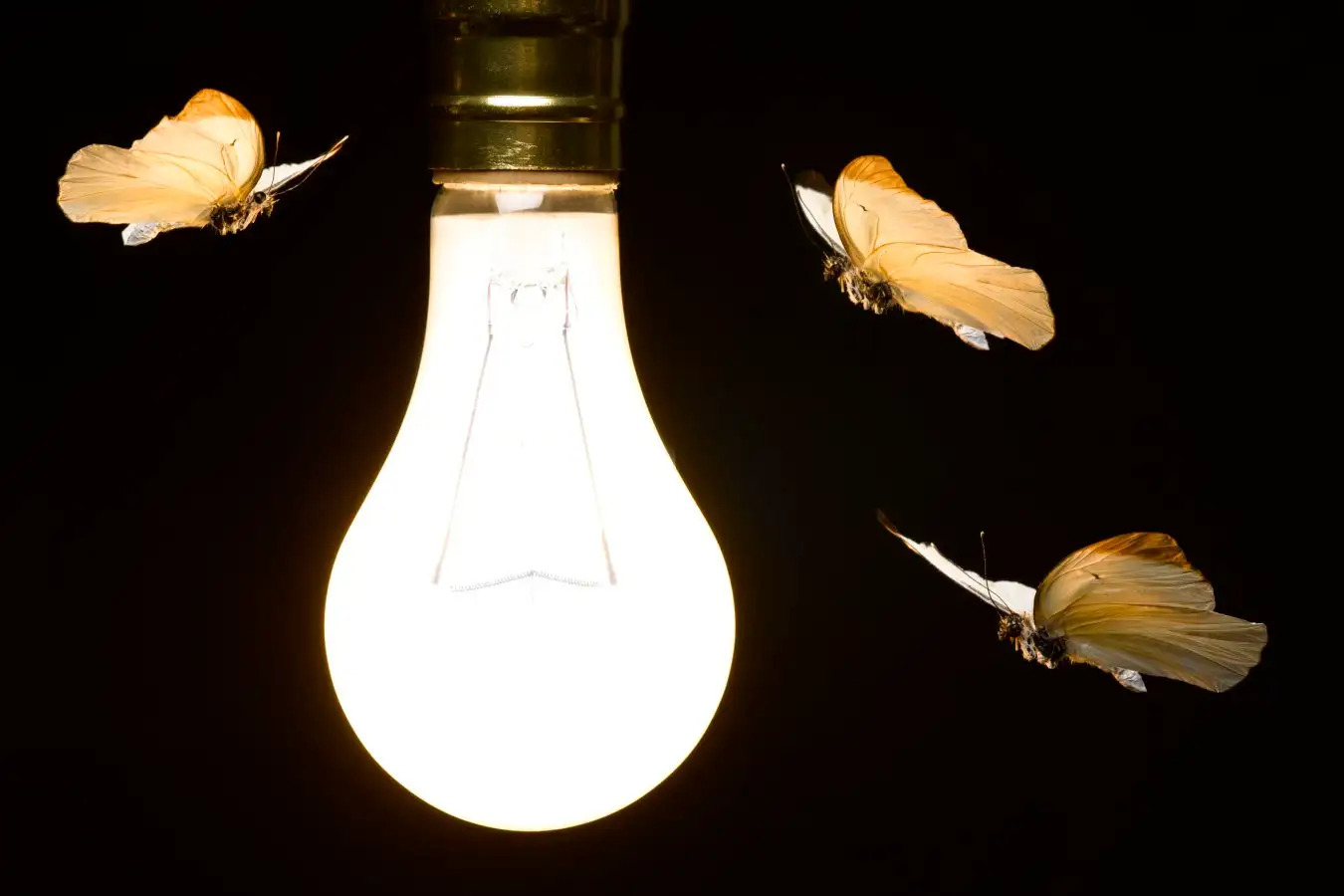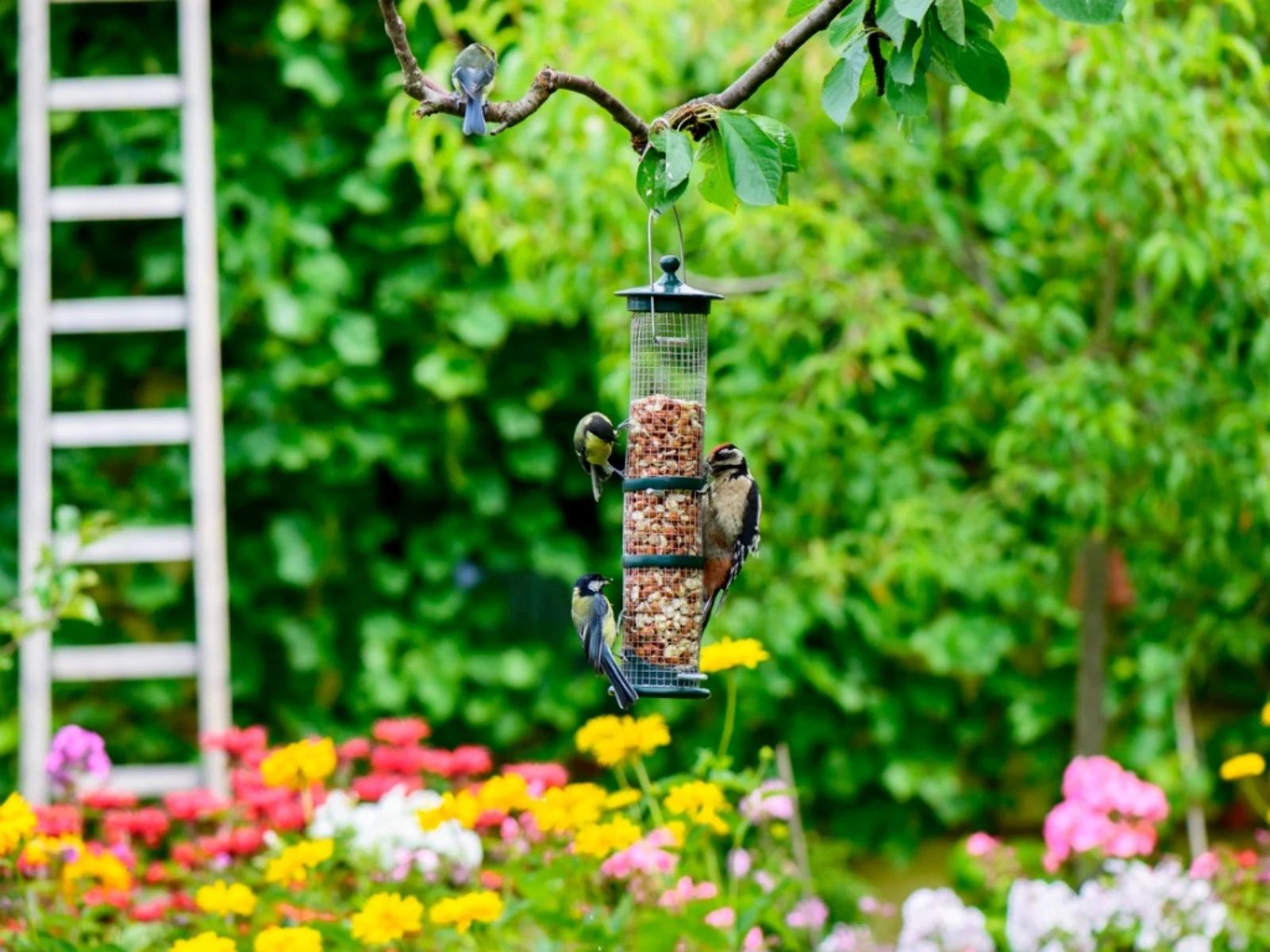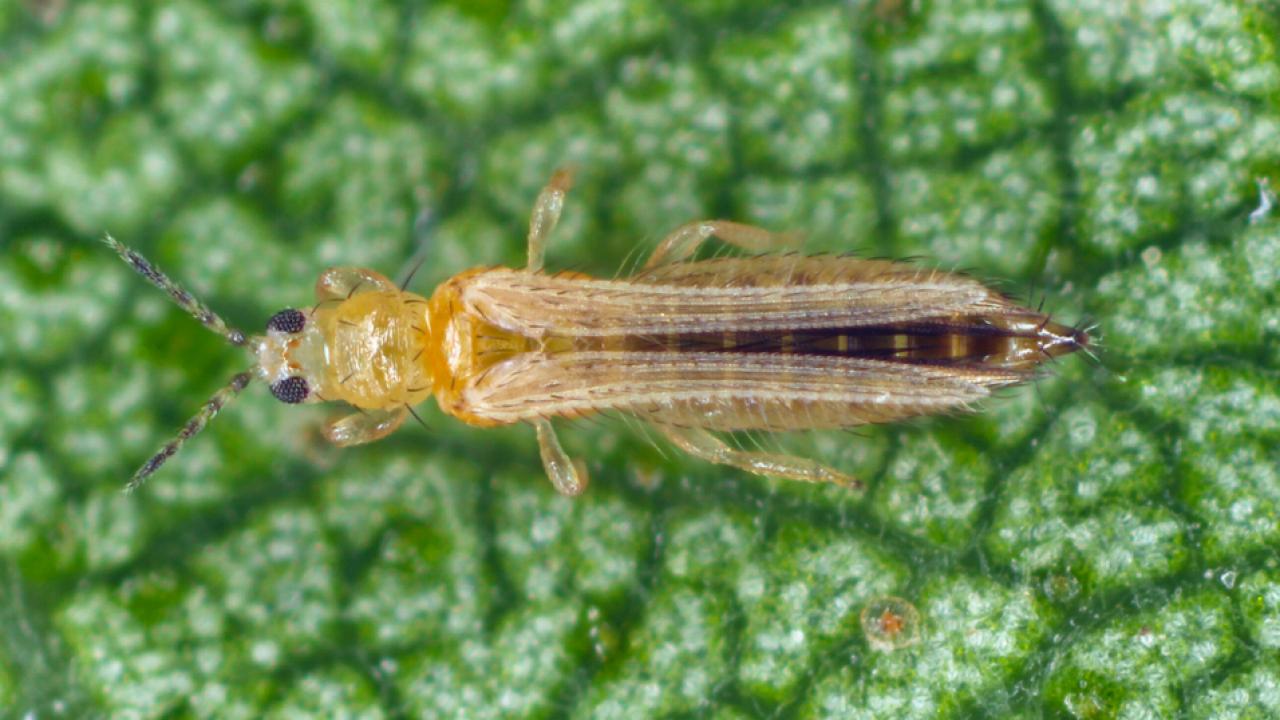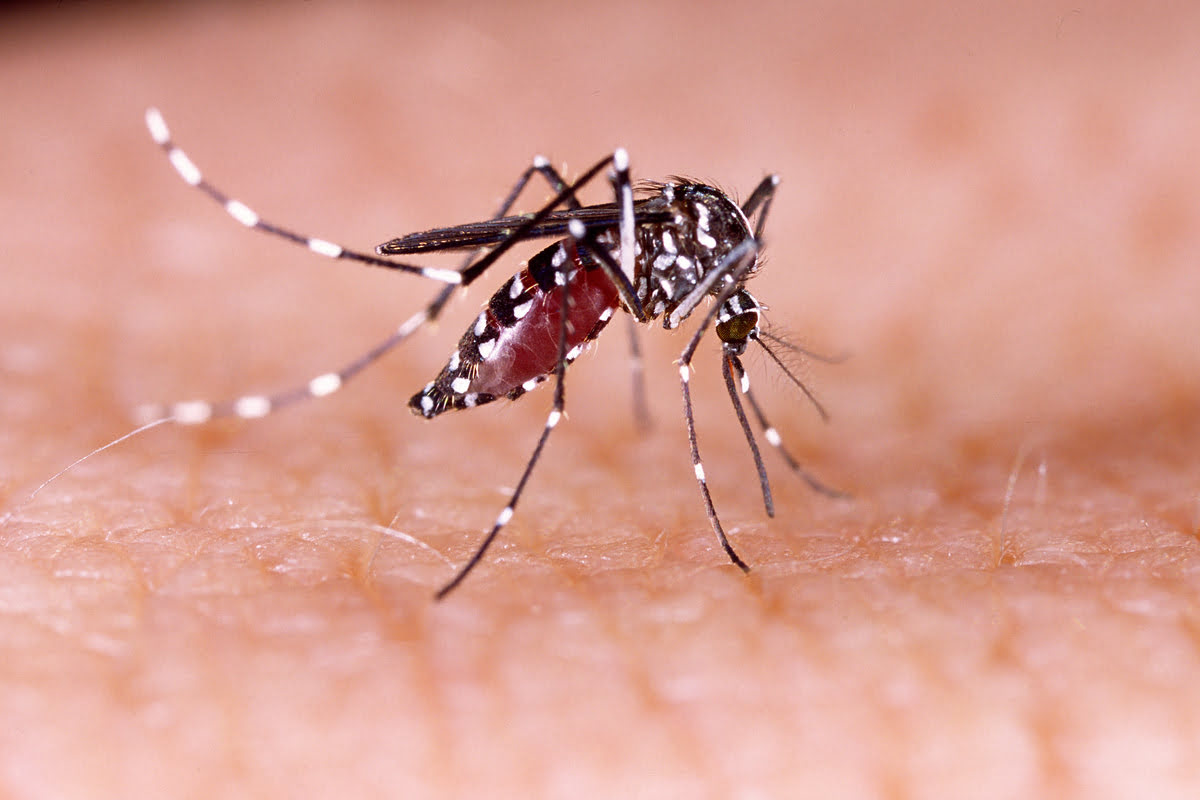Home>Gardening News and Trends>Latest News>What Insects Does Vinegar Attract
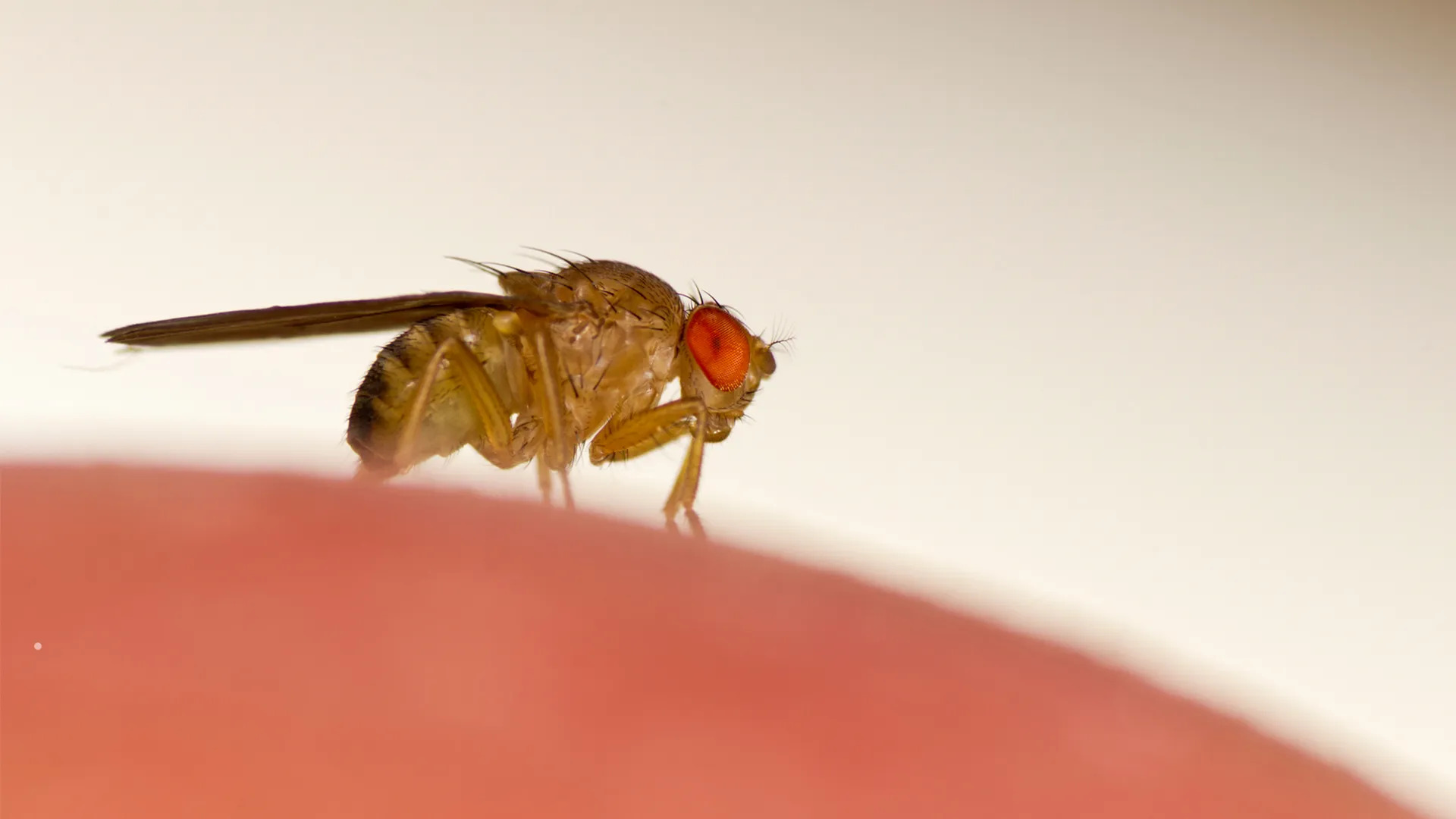

Latest News
What Insects Does Vinegar Attract
Modified: January 22, 2024
Discover the latest news on what insects vinegar attracts. Find out how vinegar can be used as a natural remedy for pest control and learn which bugs are most attracted to it.
(Many of the links in this article redirect to a specific reviewed product. Your purchase of these products through affiliate links helps to generate commission for Chicagolandgardening.com, at no extra cost. Learn more)
Table of Contents
Introduction
Welcome to the fascinating world of insects and their attraction to vinegar. While vinegar is commonly known as a kitchen staple and a natural cleaning agent, it also has the surprising ability to draw the attention of various insects. Whether you’re a curious home gardener or simply intrigued by the wonders of nature, understanding what insects vinegar attracts can provide valuable insights and an exciting opportunity to observe these creatures up close.
Insects play a crucial role in maintaining the balance of ecosystems, and studying their behavior can offer valuable insights into the natural world. Vinegar, with its distinct odor and chemical composition, can act as a powerful attractant for various insect species. From fruit flies to ants to wasps, these tiny creatures are irresistibly drawn to the acidic scent and taste of vinegar.
In this article, we will explore the intriguing world of insects and their attraction to vinegar. We will delve into the reasons behind this phenomenon, identify the common insects that are attracted to vinegar, and provide tips on how to use vinegar effectively to attract these insects. Additionally, we will discuss any precautions and safety measures to keep in mind when utilizing vinegar as an attractant.
So, grab your magnifying glass and get ready to embark on an enthralling journey into the world of insects and their affinity for vinegar. Discover how this household ingredient can serve as a powerful ally in your quest to observe and understand these fascinating creatures.
What Attracts Insects to Vinegar?
Vinegar’s high acidity and distinctive aroma make it a potent attractant for insects. The smell of vinegar mimics the scent of ripe fruits or decaying organic matter, which many insects naturally gravitate towards. Insects have a keen sense of smell and are drawn to these odors as a potential food source or breeding ground. Vinegar’s pungent and acidic nature serves as a beacon, signaling to insects that there may be something of interest nearby.
One of the main components that attracts insects to vinegar is acetic acid. This organic acid is found in all types of vinegar, including apple cider vinegar, white vinegar, and balsamic vinegar. Acetic acid stimulates the chemoreceptors in insects, triggering their feeding response. In other words, once insects detect the presence of acetic acid, they are more likely to investigate further and potentially consume or lay eggs on the vinegar.
Furthermore, vinegar can act as a visual cue to insects. Its strong color and contrast against the surrounding environment can attract certain species that are visually oriented. For instance, fruit flies are highly attracted to the dark color of balsamic vinegar, which can resemble rotten or overripe fruits that they feed on.
It is important to note that not all insects are attracted to vinegar. Each species has its own unique preferences when it comes to food and breeding grounds. Some insects may be repelled by the strong smell or taste of vinegar, while others are indifferent to it.
Understanding what attracts insects to vinegar can be beneficial for various purposes. It can aid in pest control by luring insects away from areas you want to protect, such as gardens or food preparation areas. Alternatively, it can be used as a means of studying and observing insects in a controlled environment, providing valuable insights into their behaviors and habits.
Now that we have explored the factors that attract insects to vinegar, let’s take a closer look at some of the common insect species that are particularly drawn to it.
Common Insects Attracted by Vinegar
When it comes to insects attracted to vinegar, several species are known to exhibit a strong affinity for the acidic scent and taste. Let’s take a closer look at some of the most common insects that are drawn to vinegar:
- Fruit Flies: Fruit flies, also known as vinegar flies, are perhaps the most well-known insects attracted to vinegar. These tiny pests are often found hovering around overripe fruits and fermented substances. The sweet and acidic aroma of vinegar is irresistible to fruit flies, making it an effective trap for them.
- Ants: Certain species of ants are also attracted to vinegar. Their keen sense of smell allows them to detect the presence of acetic acid within vinegar. Ants may be drawn to vinegar as a potential food source or as a way to locate new nesting sites. Using vinegar as a means to monitor and control ant populations can be an effective strategy.
- Wasps: Some species of wasps are attracted to vinegar, especially when it has a sweet undertone. Wasps can be particularly problematic in outdoor areas, such as picnics or barbecues. Placing vinegar traps can help deter and trap these insects, minimizing the risk of stings and disturbances.
- Houseflies: While houseflies are generally more attracted to decaying organic matter, they can also be drawn to the scent of vinegar. Houseflies are known for their ability to detect a wide range of odors, and the pungent smell of vinegar can catch their attention.
- Gnats: Gnats, including fungus gnats and drain flies, are often attracted to vinegar due to its similarity to rotting organic material. These tiny flying insects are commonly found in areas with high moisture, such as damp soil or decaying plant matter. The odor of vinegar can act as a lure to these pests.
It’s important to remember that while these insects are commonly attracted to vinegar, the effectiveness of vinegar as a trap or deterrent may vary depending on the species, the concentration of acetic acid, and other environmental factors. Experimenting and observing the behavior of different insect species can help you better understand their specific preferences and develop effective pest management strategies.
Now that we know the insects that are commonly attracted to vinegar, let’s explore how we can utilize vinegar to attract insects for different purposes.
How to Use Vinegar to Attract Insects
Vinegar can be a useful tool for attracting insects in various settings, whether for research purposes or pest management. Here are some effective methods to use vinegar to attract insects:
- Make a vinegar trap: To catch fruit flies, gnats, or other vinegar-loving insects, you can create a simple vinegar trap. Fill a small container with vinegar, such as apple cider vinegar or white vinegar, and add a few drops of dish soap. The dish soap reduces the surface tension of the vinegar, causing insects to sink upon contact. Place the trap near the infested area, and insects will be attracted to the vinegar and eventually get trapped.
- Decorate with vinegar: If you’re interested in observing insects, you can use vinegar to attract them to a specific area. By creating a visual cue, you can encourage insects to gather in one spot for easy observation. For instance, you can hang strips of cloth soaked in vinegar or place containers with vinegar near plants or areas where insects frequent. This method can be particularly effective for attracting butterflies, bees, and other visually-oriented insects.
- Attract ants with vinegar: If you’re dealing with an ant problem, vinegar can be used strategically to redirect their attention. Find the ant trails and spray or pour vinegar along their path. Vinegar disrupts their pheromone trails, making it harder for them to follow and communicate with each other. This method can help discourage ants from entering your home or garden.
- Utilize vinegar in outdoor areas: If you’re hosting an outdoor event and want to deter wasps or flies, you can create vinegar bait traps. Fill a container with a mixture of vinegar, water, and sugar or fruit juice. The sweet scent of sugar or fruit juice will attract the insects, while the vinegar will repel them due to its strong odor. Place the traps away from where guests will be congregating to draw the insects away.
- Monitor and observe: By strategically placing vinegar traps in different areas of your home or garden, you can monitor insect populations and identify problem areas. Regularly check the traps and note the types and number of insects collected. This information can help you understand the extent of infestations and make informed decisions about pest control strategies.
Remember to take safety precautions when handling vinegar and interacting with insects. Avoid direct contact with the vinegar traps and wear protective clothing if necessary. Additionally, dispose of trapped insects responsibly to prevent further infestations or disruptions to the ecosystem.
Now that you know how to use vinegar to attract insects, let’s discuss some precautions and safety measures to keep in mind when using vinegar in this manner.
Precautions and Safety Measures
While vinegar can be a valuable tool in attracting insects, it is important to take certain precautions and safety measures when using it. Consider the following guidelines to ensure your safety and the well-being of the environment:
- Protective gear: When handling vinegar or setting up vinegar traps, it is advisable to wear protective gear such as gloves and goggles. This will protect your skin and eyes from any potential irritation or accidental contact with the vinegar.
- Avoid ingestion: Vinegar is safe for general use, but it is not meant for consumption in large quantities. If you are setting up vinegar traps or working with vinegar-based solutions, ensure that they are kept away from food items and out of reach of children or pets.
- Proper ventilation: When using vinegar indoors, ensure that the area is well-ventilated. Vinegar has a strong odor that can be overpowering in enclosed spaces. Opening windows or using fans can help dissipate the smell and prevent any discomfort.
- Dispose of trapped insects responsibly: If you are using vinegar traps to catch insects, it is important to dispose of the trapped insects responsibly and in a manner that does not harm the environment. Release the insects back into their natural habitat or consult local guidelines for proper disposal methods.
- Avoid direct contact with insects: While observing insects is fascinating, it is important to remember that some insects may bite or sting if provoked. Avoid direct contact with them, especially if you are not familiar with their behavior or potential risks.
- Choose the right concentration: Depending on the type of insects you want to attract or repel, the concentration of acetic acid in the vinegar may vary. It is important to do some research and experiment with different concentrations to find the most effective solution for your specific purpose.
By following these precautions and safety measures, you can safely and responsibly use vinegar to attract insects without causing harm to yourself or the environment.
Now that we have covered the precautions and safety measures, let’s recap the key points we have discussed so far before wrapping up this article.
Conclusion
In conclusion, vinegar serves as a powerful attractant for a variety of insects, thanks to its high acidity and distinct aroma. Fruit flies, ants, wasps, houseflies, and gnats are just a few examples of the common insects that are drawn to vinegar. By understanding what attracts insects to vinegar, we can utilize this knowledge for various purposes, including pest control and scientific research.
Using vinegar to attract insects can be achieved through various methods such as creating vinegar traps, decorating with vinegar-soaked materials, and strategically placing vinegar to deter ants or outdoor pests. These techniques can be effective in drawing insects to specific areas for observation or controlling their populations.
When using vinegar for insect attraction, it is important to take precautions and practice safety measures. This includes wearing protective gear, disposing of trapped insects responsibly, and avoiding ingestion or direct contact with insects. Following these guidelines will ensure a safe and responsible experience when using vinegar.
Ultimately, exploring the world of insects and their attraction to vinegar opens up a realm of discovery and understanding. By observing their behaviors and preferences, we can gain insights into the intricate web of nature and contribute to effective pest management practices.
So, the next time you encounter pesky fruit flies hovering around your kitchen or admire the beauty of butterflies in your garden, consider harnessing the power of vinegar to attract and engage with these fascinating creatures. Embrace the opportunity to learn from them and appreciate the wonders of the natural world.
